Excited to see this week's supermoon and meteor shower? Here are the products you need for the best viewing
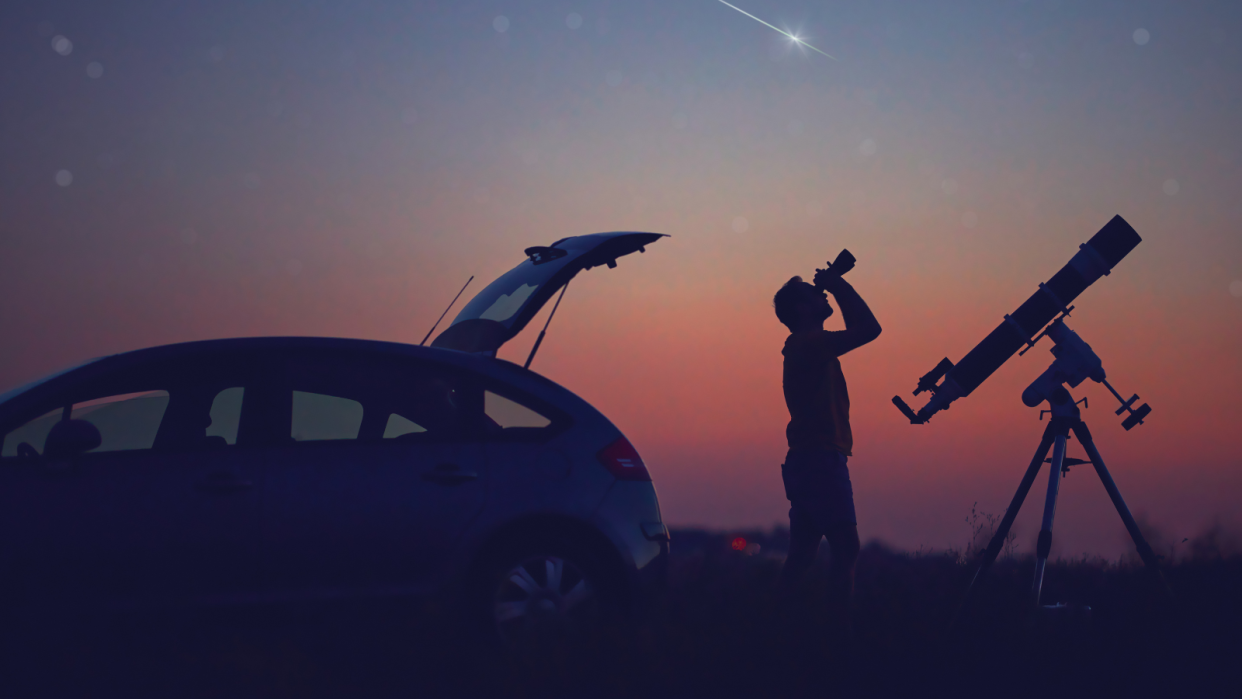
— Recommendations are independently chosen by Reviewed’s editors. Purchases you make through our links may earn us a commission.
Look up at the sky—you just might see something amazing. This week, we're fortunate enough to not have just one, but two astronomical events to marvel at. This Thursday marks the peak visibility of the Perseids—an annual group of meteor showers that are visible from July to the beginning of September.
Additionally, Thursday marks the appearance of the "Sturgeon Moon," earning its name from the Farmer's Almanac because of the type of fish that was easily caught this time of year. It is a supermoon, meaning that it's sure to be a breath-taking fixture in the sky. Unfortunately, the timing of the Sturgeon Moon makes viewing the Perseids less than ideal. Astronomer Bill Cook remarks that the appearance of the full moon reduces the 50-60 shooting stars that Americans would see per hour to about 10-20.
We've compiled a list of products that will help you enjoy this week's astronomical offerings whether you're gazing at the moon or trying to catch a glimpse of the Perseids.
Get deals and shopping advice delivered straight to your phone. Sign up for text message alerts from the experts at Reviewed.
Binoculars

If you're more interested in the moon, then we suggest buying a pair of binoculars that will help you resolve its breathtaking canyons and craters. The Nikon Aculon A211 is one of the best binoculars on the market, with magnification options that range from 10x up to 22x. While naked-eye viewing is preferred for meteors due to their high speed and range necessitating a large field-of-view, the Nikon Aculon's large 50mm diameter means they can work double-duty to view shooting stars, as well.
Telescope
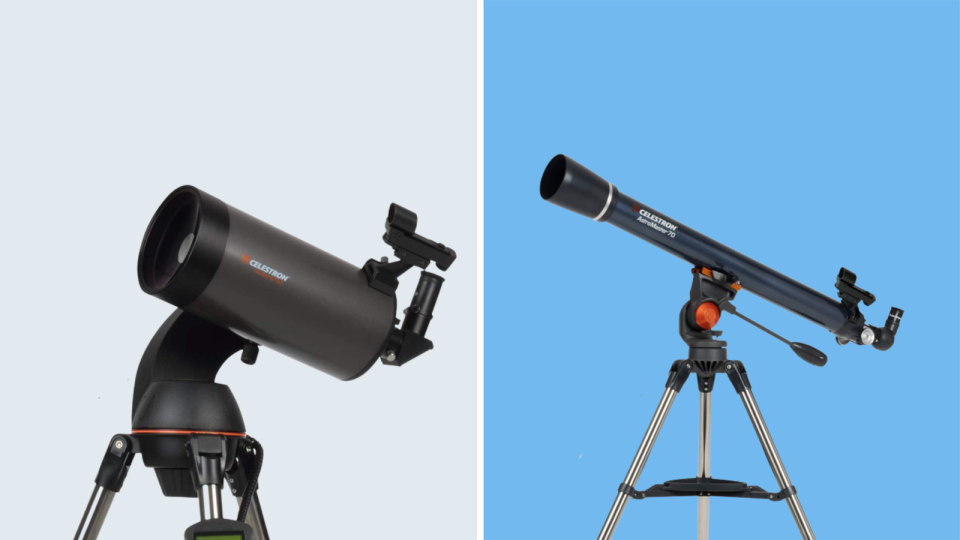
To see even more detail, you'll need to get a telescope, which is designed specifically to view celestial bodies like moons and planets. If you're more interested in bright objects such as the moon and planets and lack experience with astronomy, we recommend buying the Celestron NexStar 127SLT Telescope, which is one of the best telescopes available. Beyond being great for viewing the moon, the computerized telescope utilizes its GPS to find objects for you. For an inexpensive telescope with fewer bells and whistles that can spot objects further away (such as galaxies), we recommend the Celestron Astromaster refractor telescope which is sturdy and offers up to 165x magnification. A telescope is an investment that will continue to pay off long after the yearly Perseids have passed.
Mug and water bottle
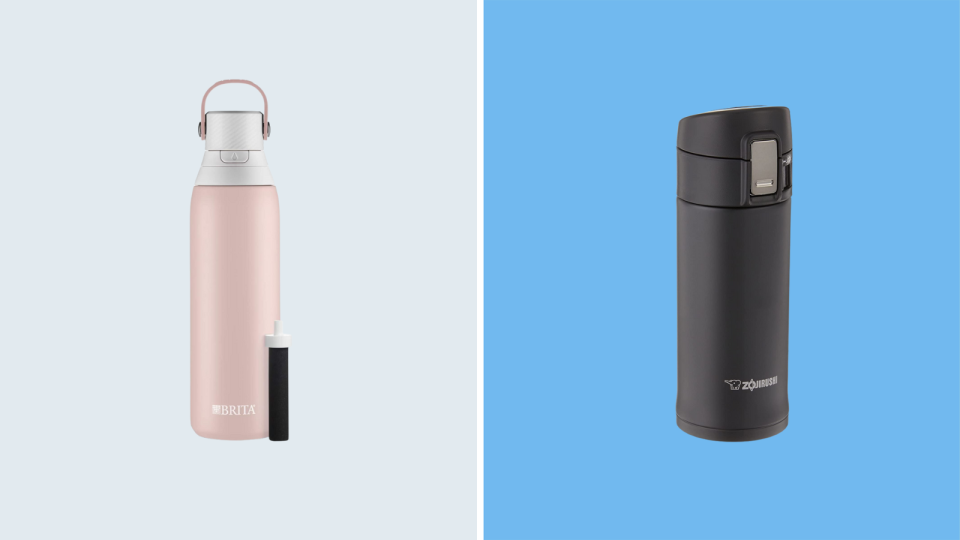
Astronomy is a game of patience. The night sky can change suddenly and unexpectedly. Plus, if you're looking for shooting stars, you may have to wait a while, as they're typically most visible around midnight. You'll need to stay hydrated if you're hunkering down for hours to search the sky. The Brita filtered water bottle is a hydration companion that can't be beaten, as it keeps your water cold for up to 24 hours. However, as nights are beginning to grow colder you might fancy a warmer drink. This is especially true if you plan to catch the next meteor shower, the Orionids, which peaks in late October. We found the Zojirushi SM-KHE48 to be the best travel mug out of the many we’ve tested. It's easy to carry and retains heat so well that it may even make your drink hotter.
Bento box and cooler
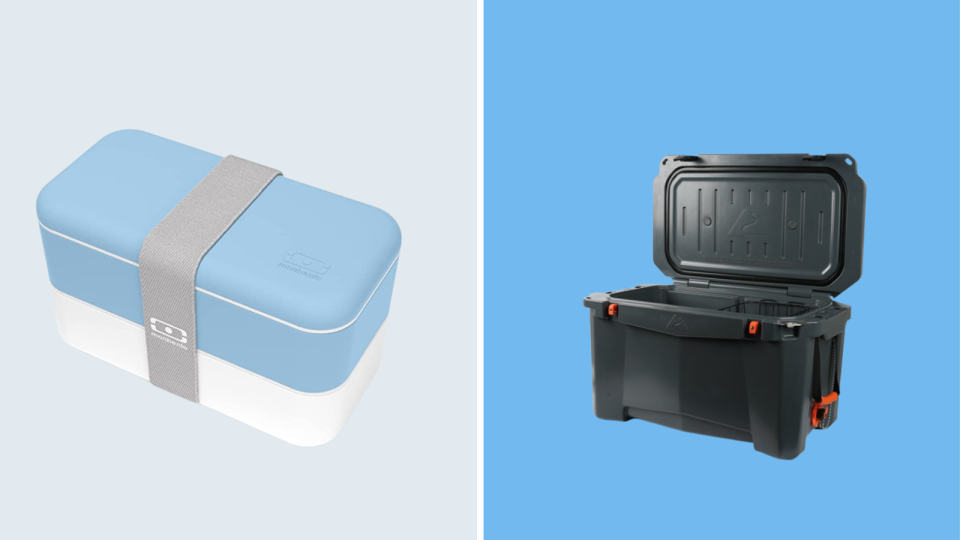
If you're thirsty, chances are that you're hungry, too. You can pack your midnight snack (or meal, no judgment) in this sleek bento box from Monbento. Bento boxes can help you portion and organize your meals thanks to their built-in dividers. If you're planning on packing a large amount of food and want to keep it cool, pick up the Ozark Trail cooler. We found it to be one of the best coolers available due to its affordability and features like a wire basket and cupholders.
Camping chair
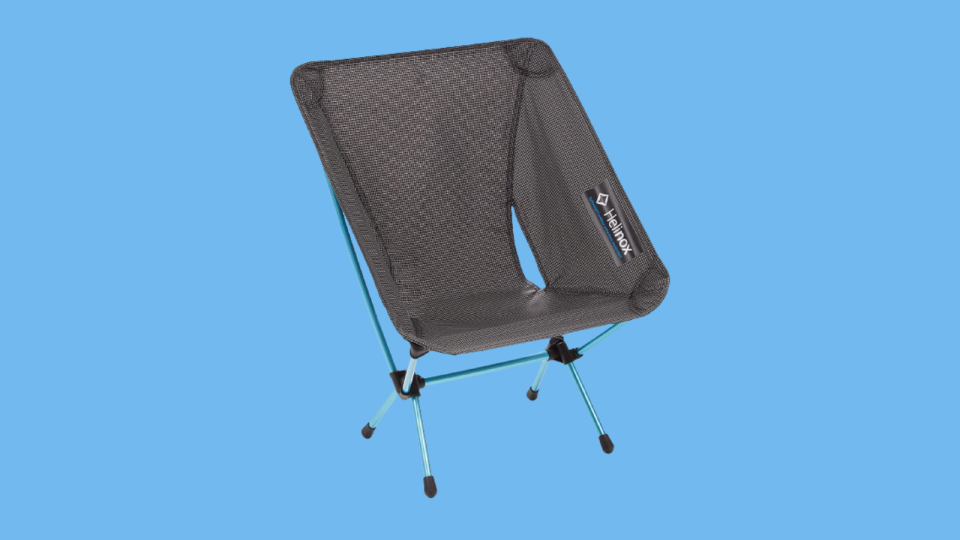
You could find yourself spending hours looking for meteors or staring at stars through a telescope. Therefore, you'll want to be as comfortable as possible. Why spend all that time standing when you could take breaks to sit? The Helinox Chair Zero is one of the best camping chairs around, supporting up to 265 lbs while still being light as a feather and easily packable. Just make sure that you set up the Helinox on dry ground—it isn't as sturdy in mud.
Beach towel

Prefer to lounge on the ground instead of sitting on a chair? Bring a beach towel to experience the comfort of laying down in the grass while knowing there's a layer between you and the critters. We recommend the Sun Squad XL Sand Resistant Beach towel, our value pick for the best beach towel. Since you won't be using it at the beach, the benefits of its extra length outweigh the disadvantage of it not being as absorbent as our top pick.
Bug spray

The Perseids' unmatched brightness combined with the time of year that they appear make them one of the most popular annual showers. Other bright showers, such as the Geminids, occur when it's very cold at night, meaning that people are less willing to stay out looking for them. Unfortunately, there's one blemish in what would otherwise be perfect viewing conditions for the Perseids’—mosquitoes. The longer you're out looking for stars or admiring the moon, the longer you’ll be exposed to mosquitoes and risk getting bitten. To avoid waking up after your wonderful night to countless bug bites, we recommend using eucalyptus oil bug spray. Eucalyptus is a natural ingredient that keeps bugs away due to the smell they perceive as unpleasant. While eucalyptus oil wards off bugs, rest assured that it won't harm other forms of wildlife.
Portable charger

While you may be going out to enjoy nature, your phone will still be essential. This is particularly true if you plan on visiting remote areas where stars are more visible since your phone may very well be the only way to contact others. If you’re new to astronomy and are having trouble identifying stars, you can also find apps that can help you locate them. To keep your phone charged, we recommend buying the Mophie Powerstation PD, which we found to be the best portable battery pack of 2022. The Mophie Powerstation is compact for easy carrying and its 18 volts of power allow it to charge your phone quickly. You can even charge two phones at once.
Bluetooth speaker
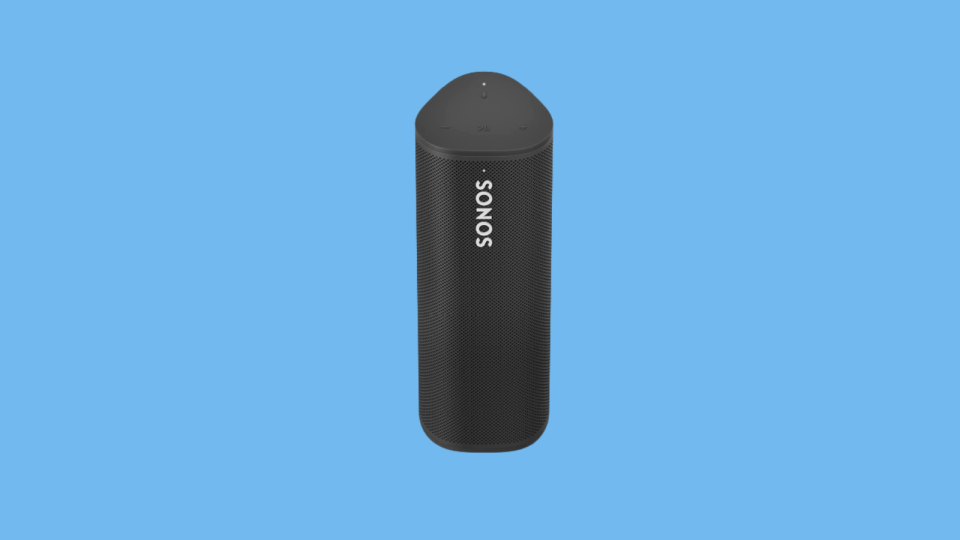
Now that you’ve made sure it’s charged, you can also use your phone to enhance the mood by playing music through a Bluetooth speaker (we recommend space-themed tunes, but any song will do). We found the Sonos Roam to be the best Bluetooth speaker overall. It has great sound quality for its size and its battery life can last up to 10 hours meaning that it will have no problem lasting throughout your evening.
Red light flashlight
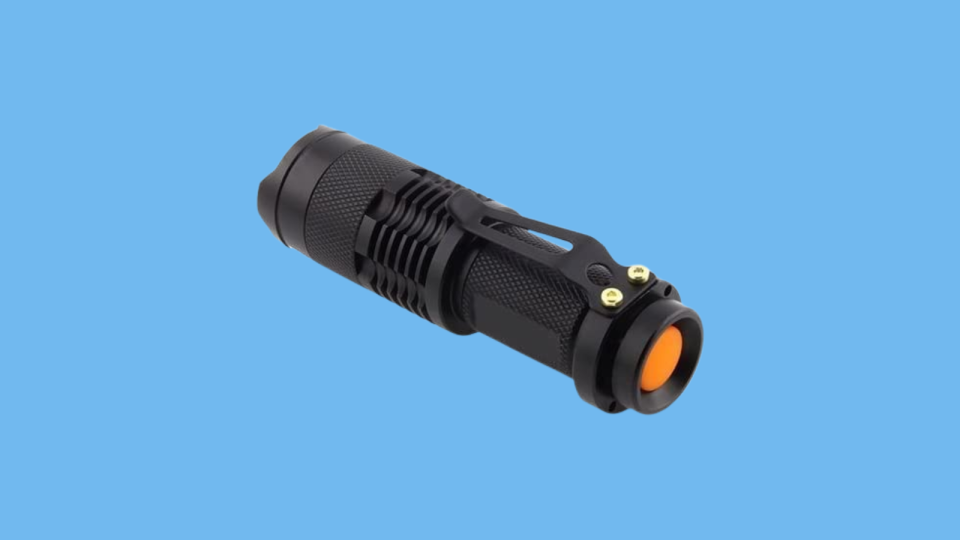
Since you'll be out at night, looking for any misplaced items will be difficult without tools. Not to mention, finding your way to your viewing grounds. However, if you're planning to look for dim stars, it isn't recommended to turn on a flashlight. This is because our eyes slowly adapt to the darkness, allowing us to better see objects. If you turn on a bright, white light, the night-vision we've gained will "reset." To preserve your sensitivity to darkness, it's best to use lighting that our eyes are less sensitive toward. For this reason, red light is typically used by astronomers. The High Power One Mode Red LED Flashlight is the best red flashlight on Amazon, with buyers loving its battery life and lightweight build.
There’s a lot more where this came from. Sign up for our weekly newsletter to get all our reviews, expert advice, deals and more.
The product experts at Reviewed have all your shopping needs covered. Follow Reviewed on Facebook, Twitter, Instagram, TikTok or Flipboard for the latest deals, product reviews and more.
Prices were accurate at the time this article was published but may change over time.
This article originally appeared on Reviewed: What you need to see meteor shower, supermoon, stargazing

